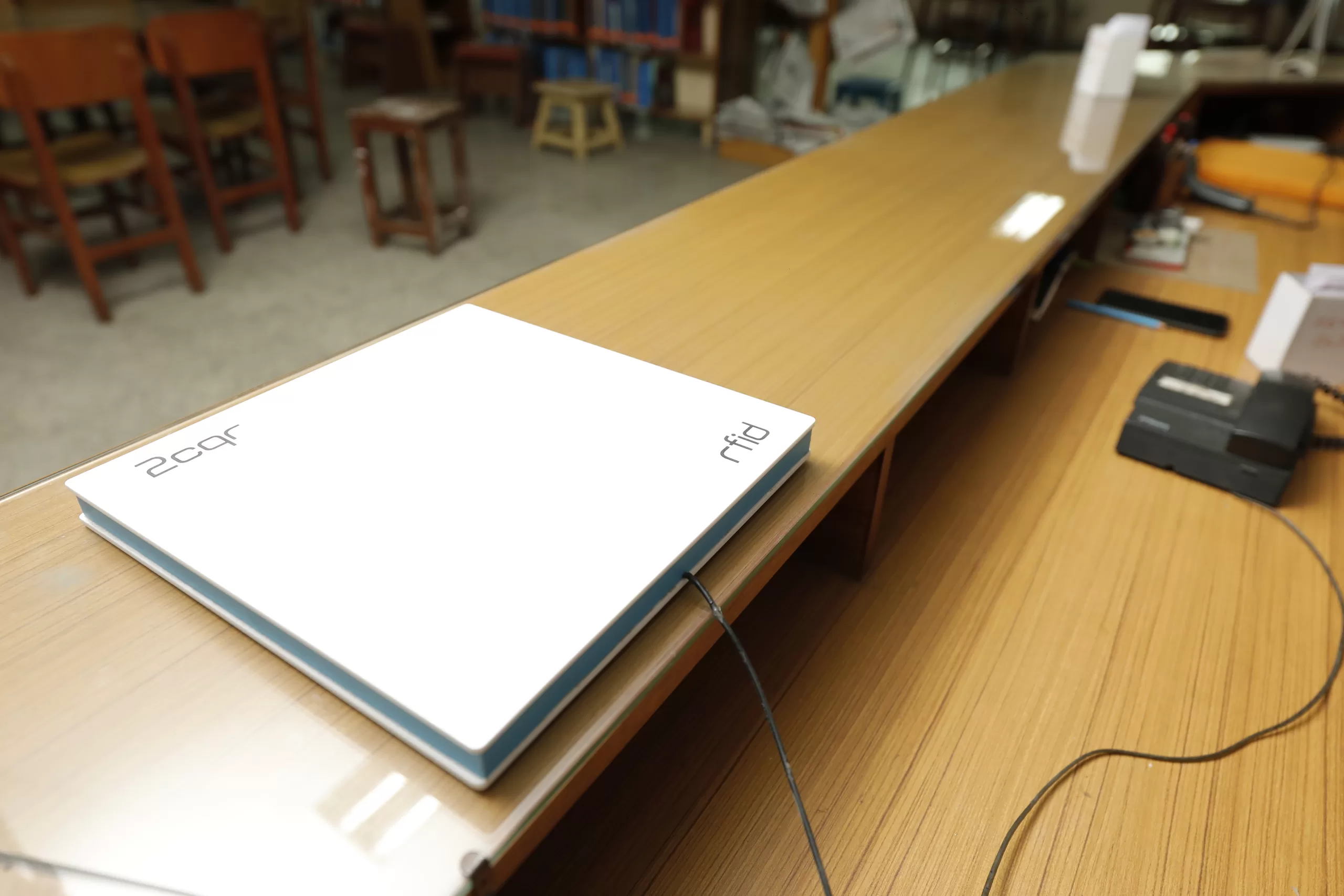Overview
A HF reader comprises typically of an antenna, a transceiver, and a controller. The antenna creates a magnetic field that energises the HF RFID tag's antenna, enabling the tag to transmit data back to the reader. The transceiver then receives the information from the tag and transmits it to the controller, which analyses the information and transmits it to a host computer or network.
HF systems operate in the 3 MHz to 30 MHz range and provide reading distances of 10cm to 1 m. HF operates in a frequency band at 13.56 MHz and allow read ranges from near contact to 50 centimetres or 20 inches. Typical applications are library media management, manufacturing automation, gambling chip management, ID cards. HF tags need special readers.

